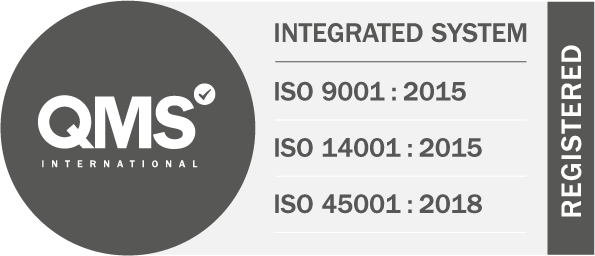Plugging in to fleet fuel efficiency with Ford
The new Ford Transit Custom PHEV ushers in a new era for fleets, offering plug-in power that can reduce urban emissions to zero. Here’s how it got on during a 400-mile test drive with one of our customers
Under government plans, diesel has just over a decade left before the law will mandate a move to electric vehicles.
The ambitions of MPs are still at the proposal stage, but there is a clear message that fleet operators need to consider new ways of powering cars and vans.
In response, manufacturers are introducing a growing range of alternative fuel vehicles, including the new Ford Transit Custom PHEV (plug-in hybrid electric vehicle).
Ford was the first volume manufacturer to offer PHEV technology in this segment of the van market, which acts as a stepping stone to pure electric technology for fleets.
We put Ford’s new contender for the green fleet crown through its paces in a 400-mile test drive with Morson International, one of the largest engineering recruitment companies in the world, which supplies resource to aerospace, engineering, defence, rail, nuclear and construction sectors.
The Transit Custom PHEV uses an advanced hybrid system that targets a zero-emission range of around 30 miles, backed by Ford’s award-winning EcoBoost 1.0-litre petrol engine as a range extender to provide a total range of 310 miles.
The 13.6kWh battery pack is a compact liquid-cooled lithium-ion design located under the load floor, preserving the full cargo volume offered by the standard Transit Custom van.
Tim Wood, Morson International Regional Fleet Manager, praised the new Custom PHEV overall, including the ease of switching between battery modes.
He said:
“I really liked it; it was great to drive and the battery usage modes were easy to switch between. I did a lot of motorway driving, which affected the fuel economy compared to its intended use around town, but it allowed me to cover around 400 miles.”
If used for dedicated local journeys, a Ford Transit Custom PHEV could feasibly use no fuel at all. With broader use, some published test returned around 40mpg, but official fuel economy figures claim 91mpg, so it depends heavily on application.
The Transit Custom PHEV is driven by electric power, but switching modes allows the energy to be delivered in different ways.
It can run purely on its batteries, or another mode prevents battery power being reduced so it can be used later, in which case the petrol engine generates the power needed during driving. You can also choose for the engine to power the electric motor and charge the battery at the same time.
Wood said:
“It is an automatic, so it was very relaxing to drive, especially as it is mostly silent, even at motorway speeds, although acceleration at higher speeds can be a bit slow.”
The Transit Custom PHEV features regenerative braking, so energy normally wasted during slowing down is used to recharge the batteries. This feature can be engaged as soon as drivers take their foot off the accelerator, effectively offering one-pedal driving.
Wood said:
“The one-pedal driving was impressive, although it took a little getting used to.”
On the inside, there is little difference from a standard Transit Custom, except for the dials in the instrument cluster. There are two fuel gauges; the left-hand gauge indicates how much charge is left in the battery and the right hand one shows the petrol level.
Other gauges show energy usage or whether energy is being recovered, which encourages careful driving.
When used in urban areas, the Transit Custom PHEV provides additional benefits, such as silent running.
He added:
“I found this brilliant to pull up outside my house at night with no rattling diesel engine.”
Recharging was simple when plugging in overnight. The batteries can be fully charged in around 4 hours using a domestic plug or 3 hours using a 7Kw charger, but many fleets are likely to add emission-free miles in short ‘pit stops’ during the day, rather than waiting to completely fill the battery.
Driving in town, the benefits of electric power can be seen with rapid acceleration from a standing start, although Wood said some companies may find drivers are tempted to overuse this power when setting off in traffic, so training in correct use of EV technology may be needed.
Other than the engine, the Ford Transit Custom PHEV offers all the advantages of a standard van, with wide opening doors leading to a spacious loading bay that can take 6m3 of cargo totalling around 1,130kg.
Wood added:
“Although it wasn’t tested with a load, I think it would cope fairly well.”
While its electric efficiency could wipe out fuel bills for some urban fleets, it comes at a cost, as the PHEV is around two-thirds more than the price of a standard van.
However, fleet operators can opt for flexible vehicle rental instead, so they can enjoy the environmental benefits of plug-in vehicles without the upfront cost.
To view the full range of vehicles available from Reflex Vehicle Hire, visit our Vehicle Hire section.
Share to:
Find out more
Find out how Reflex Vehicle Hire can help your company.
Call 0330 460 9913 or visit our contact us page.













.jpg)







@2x.png)

